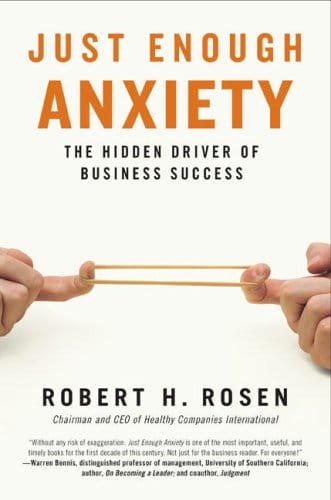Back in the mid-1990s, I was a Training Manager for a wireless company in the Washington, DC, area. My responsibilities included facilitating a 4-week course for Customer Service reps, training Sales reps on new phone features, and running our new hire orientation. About two months into my employment with the company, I was asked to help plan and facilitate four 3-hour training sessions over the course of two days for a national retailer that was kicking off a summer sales promotion for our service.
features, and running our new hire orientation. About two months into my employment with the company, I was asked to help plan and facilitate four 3-hour training sessions over the course of two days for a national retailer that was kicking off a summer sales promotion for our service.
I jumped at the opportunity to do some great work at my new company but was quickly overcome with anxiety after my first meeting with our Vice President of Retail Sales. He shared his goals, his expectations, and made it very clear that the fate of our company was held in the balance. My thoughts immediately jumped to the worst-case scenarios where I couldn’t meet his expectations.
Robert Rosen, author of Just Enough Anxiety – The Hidden Driver of Business Success, would probably describe my experience as being “pushed into the gap.” That is, I recognized there was a gap between where I was as a trainer and where I needed to be for this project. In this case, fear was taking the attention off my strengths and reminding me of prior failures and the emotional pain they brought. To navigate the gap successfully, Rosen recommends several practical strategies for individuals:

- Be honest with yourself: Assess your strengths, weaknesses, opportunities, and threats to get a realistic picture of your capabilities against the situation or circumstances.
- Be open: Recognize the thoughts and feelings that influence you. Don’t deny them.
- Experiment: New situations and obstacles may call for new behaviors and thought patterns. See this as an opportunity to try something new.
The book is an excellent source of information for individuals looking for some basic info on the causes and relief of excessive anxiety. The real power, however, is the roadmap that it delivers to leaders who recognize that their employees are anxious about the future but that the “right” amount of anxiety can also drive positive business results. “Just enough anxiety,” Rosen writes, “grows out of the ability to be comfortable with discomfort…you embrace change. You reach for opportunities to learn and grow.” (Very similar to an earlier post on having a growth mindset.)
To create just the right amount of anxiety, Rosen recommends that leaders learn how to live in paradox (actually, three of them).
- Realistic Optimism: Leaders who live in this paradox know how to tell “the truth about the present while dreaming about the future.” This is essential for helping employees believe in themselves and allowing them the space to master their environment.
- Constructive Impatience: Leaders who master this paradox know when to move forward and when to stay where they are. They look for opportunities to improve and, at the same time, honor people for who they are.
- Confident Humility: Leaders in this paradox are comfortable with NOT knowing all the answers but are not intimidated by the speed of change and other obstacles to their success. They live their values every day.
My experience leading multiple training sessions for a national retailer turned out just fine. In fact, it is one of my proudest professional moments. I know now that it was just the right amount of anxiety that made it possible.



